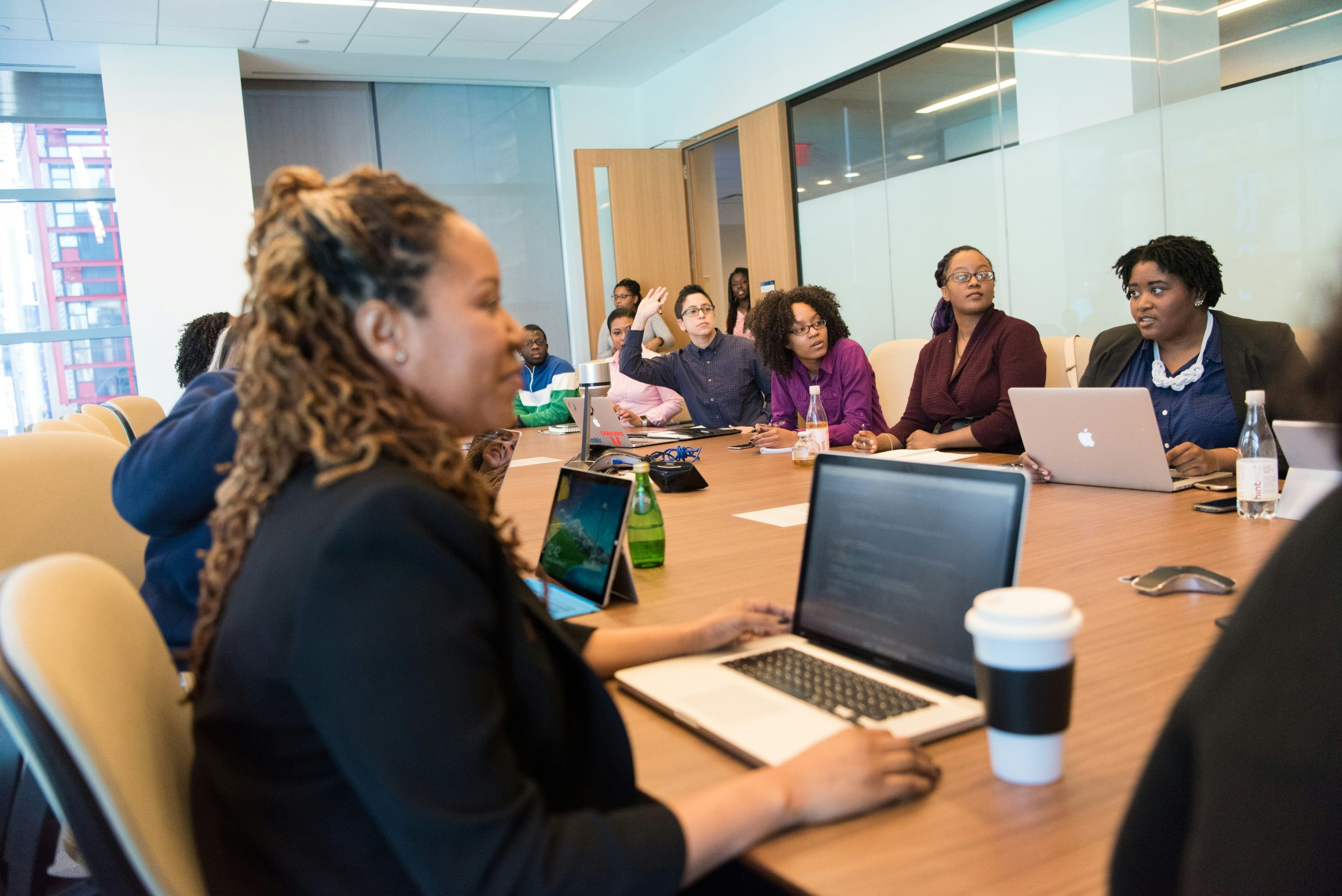Active Shooter Drills: Psychological Toll on Students and Staff
>
No one wants to imagine their school as a potential target for a mass shooting. Unfortunately, in today’s society, active shooter drills have become a necessary practice in schools across the United States. These drills are intended to prepare students and staff for a potential active shooter situation, but what is the psychological toll on students and staff? Is the cost of this preparation worth the potential harm it may cause? Let’s take a closer look at the psychological impact of active shooter drills on students and staff.
The Reality of Active Shooter Drills
Active shooter drills have become a common practice in schools following the rise of mass shootings in the United States. These drills often involve a simulated active shooter situation, including loud noises, fake weapons, and realistic scenarios. While the intention is to prepare students and staff for a potential emergency, the reality is that these drills can have a lasting psychological impact.
Fear and Anxiety
The most significant psychological toll of active shooter drills on students and staff is the fear and anxiety they can induce. While adults may understand the purpose of the drill, young students may not fully comprehend the situation. The simulated scenario can be terrifying for students, causing them to experience intense fear and anxiety. This fear can stick with them long after the drill is over, leading to potential anxiety and trauma.
For staff, the fear and anxiety of an active shooter drill may be compounded by the added responsibility of keeping students safe and calm during the drill. The weight of this responsibility can be overwhelming for teachers and staff, leading to increased stress and anxiety.
Normalization of Violence
Another potential psychological impact of active shooter drills is the normalization of violence. These drills involve simulated violence, and if conducted frequently, can desensitize students and staff to the severity of a real active shooter situation. This normalization of violence can have a harmful impact on the mental health of individuals and may lead to a lack of empathy towards victims of violence.
Developing a Culture of Fear
While active shooter drills are intended to prepare for a potential emergency, they can also contribute to a culture of fear in schools. Frequent drills can create a sense of constant danger and unease, causing students and staff to feel unsafe in their own school environment. This constant fear can lead to increased stress and anxiety, ultimately affecting the overall well-being of students and staff.
The Debate on Effectiveness
Despite the potential psychological toll, many argue that active shooter drills are essential for preparedness in the event of a real emergency. Proponents of these drills argue that they can help individuals feel more confident in knowing what to do in such a situation and can potentially save lives.
However, there is a debate on the effectiveness of these drills. In a study by Everytown for Gun Safety, it was found that out of 176 school shootings since 2013, only 22% were preceded by a warning. This suggests that drills may not be as effective as they are intended to be in preparing for a real active shooter situation.
The Alternative: Comprehensive Safety Measures
Instead of solely relying on active shooter drills, schools should consider implementing comprehensive safety measures. This could include increased mental health support for students and staff, improved communication systems within schools, and stricter gun control laws.
Furthermore, schools can also prioritize creating a positive and inclusive school culture where students and staff feel safe and supported. This can help alleviate the fear and anxiety that active shooter drills may induce and shift the focus towards prevention rather than just preparedness.
In Conclusion
While active shooter drills may be intended to prepare for a potential emergency, the psychological toll they can have on students and staff should not be overlooked. These drills can induce fear, normalize violence, and contribute to a culture of fear in schools. Instead of solely relying on drills, schools should prioritize implementing comprehensive safety measures and fostering a positive and inclusive school environment. Only then can we truly work towards preventing the need for active shooter drills altogether.











